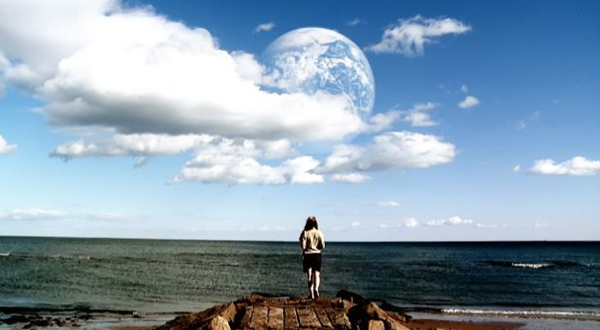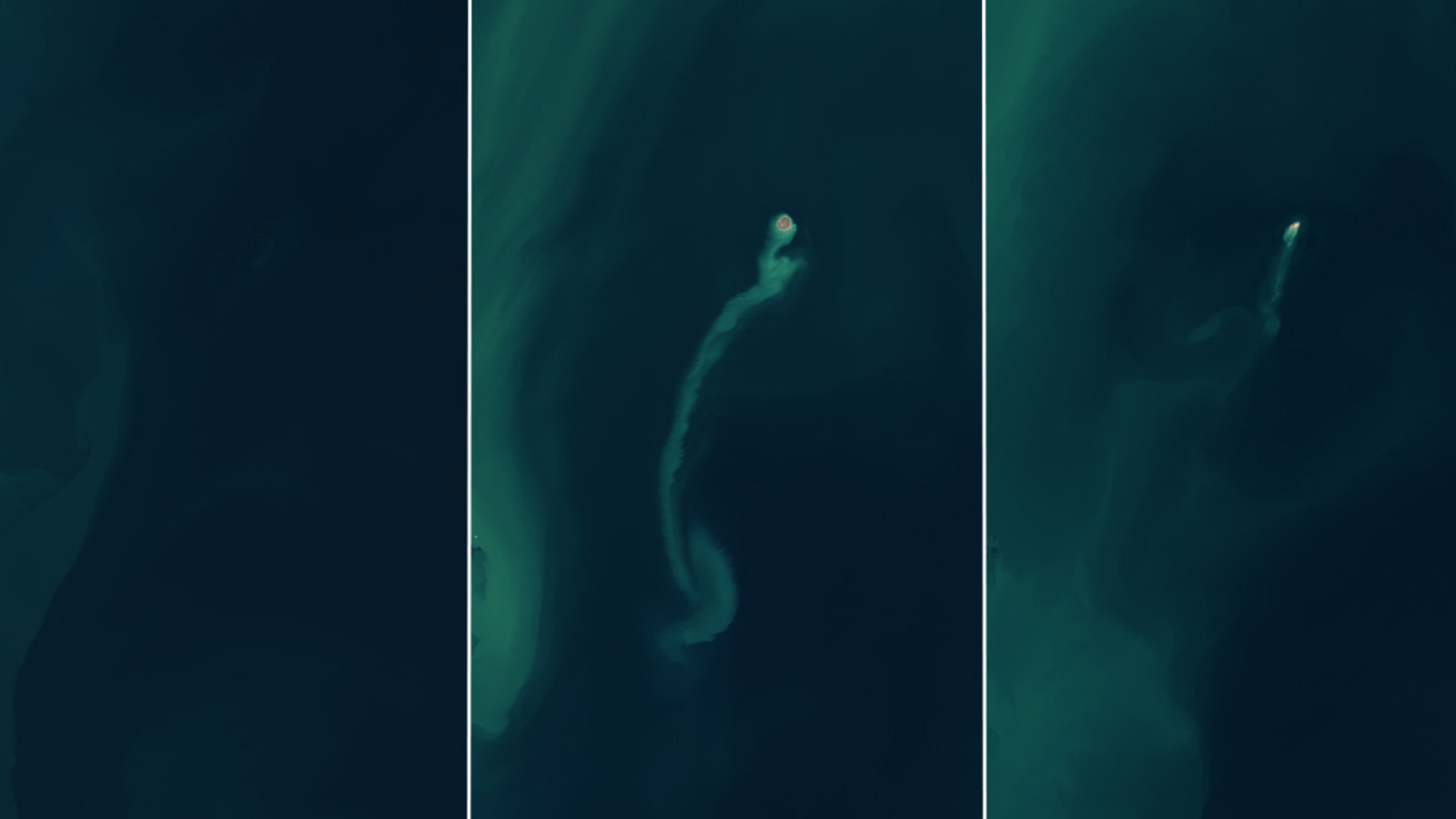'Another Earth' Film Grounded In Cutting-Edge Physics

In a film entitled "Another Earth" that hits theaters in limited release July 22, a planet practically identical to our own appears in the sky. Earth's residents learn that, on the new, nearby planet, their lives are being mirrored by other-Earthly doppelgangers. The main character of the film lands a seat on the space shuttle, which is set to travel to Earth 2, and plans to start a new life on the parallel planet.
Though the notion that another Earth might suddenly sidle up near this one is pure fantasy, many elements of the new film are based on cutting-edge science; in fact, the movie's premise follows naturally from recent developments in physics and astronomy.
Not quite neighbors
First off, the concept of an "alien Earth" is less alien than it used to be. More than 1,000 planets have been discovered in the past few years by NASA's Kepler spacecraft. Like Earth, at least 50 of them are in their stars' habitable zones, the distance from the star where water, the lifeblood of life, can exist as a liquid. Five of those 50 exoplanets are rocky rather than gaseous, and thus have a surface for life to develop on. By induction what's true of a subset of stars is likely to be true of the rest scientists estimate that there must be approximately a billion planets in our galaxy in the habitable zones of their stars and about 10 million rocky ones; at least a few are likely to resemble our own. [Read: How Do Astronomers Find Alien Planets? ]
While alien Earths with life on them may well exist, they might be too far away for us to travel to, according to Andreas Albrecht, a cosmologist at UC Davis. Radio communication isn't out of the question, however.
"Communicating with another habitable planet is definitely possible ," Albrecht told Life's Little Mysteries. "[A planet with intelligent life is] probably pretty far away so communication would be very slow think of a time delay of a million years or something but who knows? It might be around the corner. All those estimates are uncertain enough that we just don't know."
Many Earths
Get the world’s most fascinating discoveries delivered straight to your inbox.
Another aspect of "Another Earth" that's grounded in fascinating physics is the idea that there exists an Earth 2 not just similar but almost exactly identical to what we consider the original. A growing community of physicists support what's called the "many worlds hypothesis," which holds that there are indeed other Earths and other Jupiters and Saturns and that they do contain almost identical versions of each of us. In fact, every time you flip a coin and it comes up heads, another universe pops into existence with exactly the same history as ours up to that point; but in the other universe, your coin comes up tails, and its history diverges.
Here's why the many worlds hypothesis might be true: The behavior of particles is governed by chance. They conform to probability laws known as quantum mechanics. "In the quantum theory, you have to account for not just what happened to a particle, but all the things that could have happened but didn't," Albrecht, who supports the many worlds hypothesis, explained. "There's a lot of tension in quantum mechanics surrounding the question of why one reality actually happens when all of them are possible." [Read: What If the Forces That Form Molecules Were Stronger (Or Weaker)? ]
The many worlds hypothesis is one solution to the dilemma. "Suppose the world is really made up of all these possibilities. Maybe quantum mechanics keeps track of all of them together," he said. "What would that feel like to us? The remarkable thing is you can compute what that would feel like to us, and it turns out that we would have the illusion that only one thing happened. The catch is that the theory would contain many copies of me each one very sure that only one thing happened." In this version the coin turns up heads, in another one, tails.
The film diverges from the theory, though, in that the two versions of reality can't connect, not by space shuttle or even radio signals. "You can work it out and see that the guy with the tails just doesn't affect the guy with heads. It's proven that you can actually calculate the mutual cause and effect, and it's non-zero, but still too small to ever matter."
Albrecht noted that the more fanciful elements of the sci-fi film shouldn't take away from its entertainment value. "Science shouldn't get in the way of people having fun," he said. "But science is a lot of fun too."
- Will We Really Find Alien Life Within 20 Years?
- Believers In Mysterious Planet Nibiru Await Earth's End
- Top 3 Questions People Ask an Astrophysicist (and Answers)
Follow Natalie Wolchover on Twitter @nattyover. Follow Life's Little Mysteries on Twitter @llmysteries, then join us on Facebook.
Natalie Wolchover was a staff writer for Live Science from 2010 to 2012 and is currently a senior physics writer and editor for Quanta Magazine. She holds a bachelor's degree in physics from Tufts University and has studied physics at the University of California, Berkeley. Along with the staff of Quanta, Wolchover won the 2022 Pulitzer Prize for explanatory writing for her work on the building of the James Webb Space Telescope. Her work has also appeared in the The Best American Science and Nature Writing and The Best Writing on Mathematics, Nature, The New Yorker and Popular Science. She was the 2016 winner of the Evert Clark/Seth Payne Award, an annual prize for young science journalists, as well as the winner of the 2017 Science Communication Award for the American Institute of Physics.

